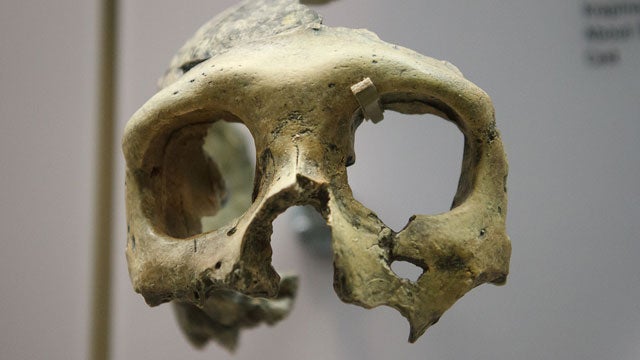A nearly intact skull uncovered in 2005 may change much of what we know about human evolution. On Thursday, a group of scientists outlined eight years of research regarding what they call “Skull 5” in the journal . The 1.8-million-year-old skull, found in the republic of Georgia, seems to simplify our evolutionary story and provide clarity on variations within our species, reports
Skull 5, found alongside four others, initially caused scientists to believe there were multiple species of early hominids living in the same region. However, scientists can now believe that Skull 5 had different characteristics compared to other hominids of its time—much like there are variations in humans today.
In the journal , Ian Tattersall of the American Museum of Natural History said the skull “is undoubtedly one of the most important ever discovered.”
Scientists believe that members of the species to which Skull 5 belonged to were short in stature, had a small braincase, but very long limbs that enabled them to walk long distances, according to .
The excavation sites in the republic of Georgia were thought to be ancient predators’ dens. Scientists believe these early hominids were likely killed by saber-tooth cats and giant cheetahs, which lived roughly two million years ago.


